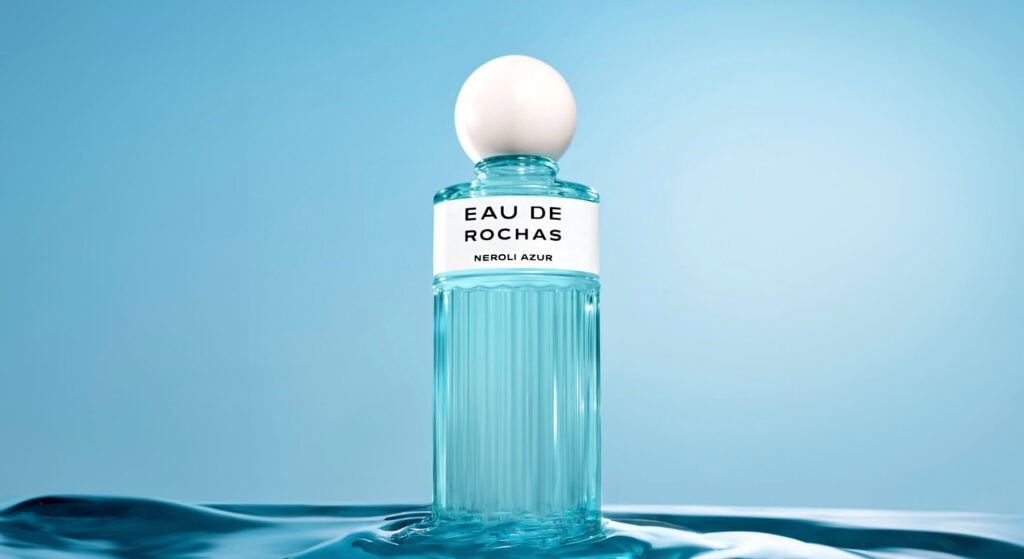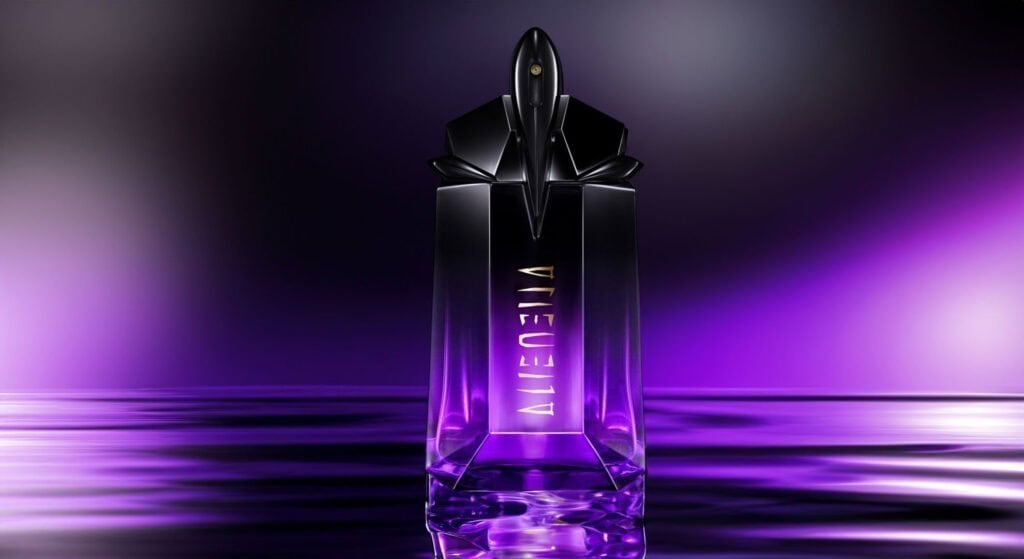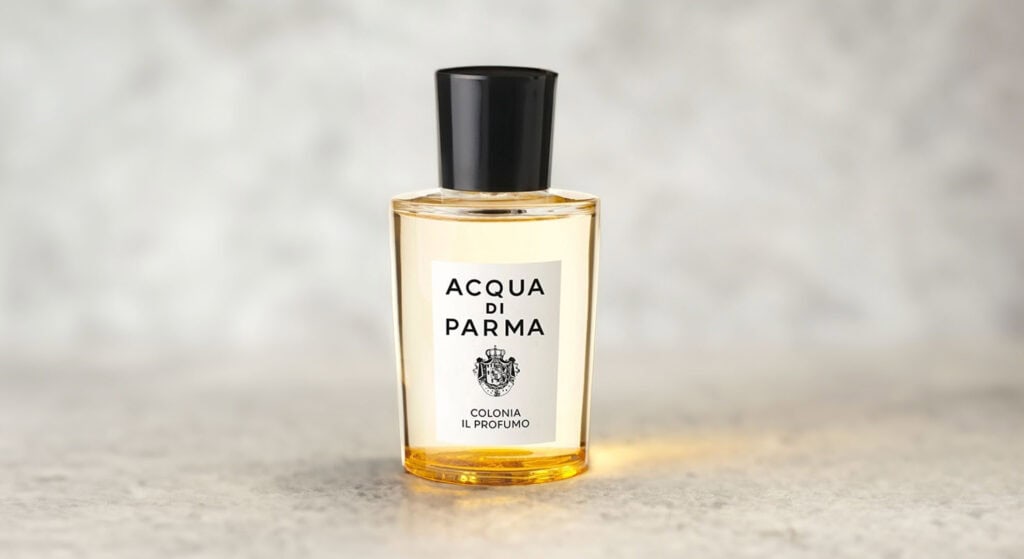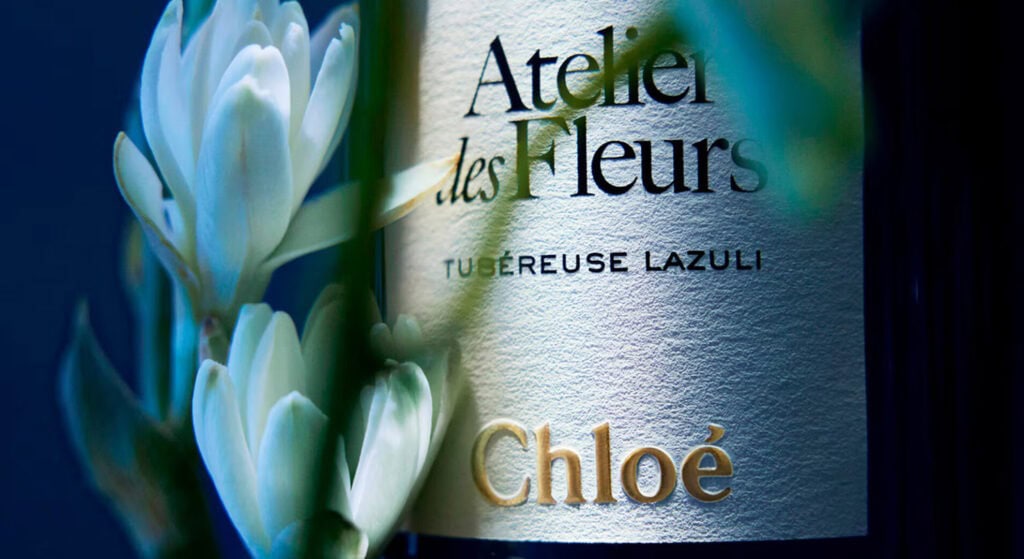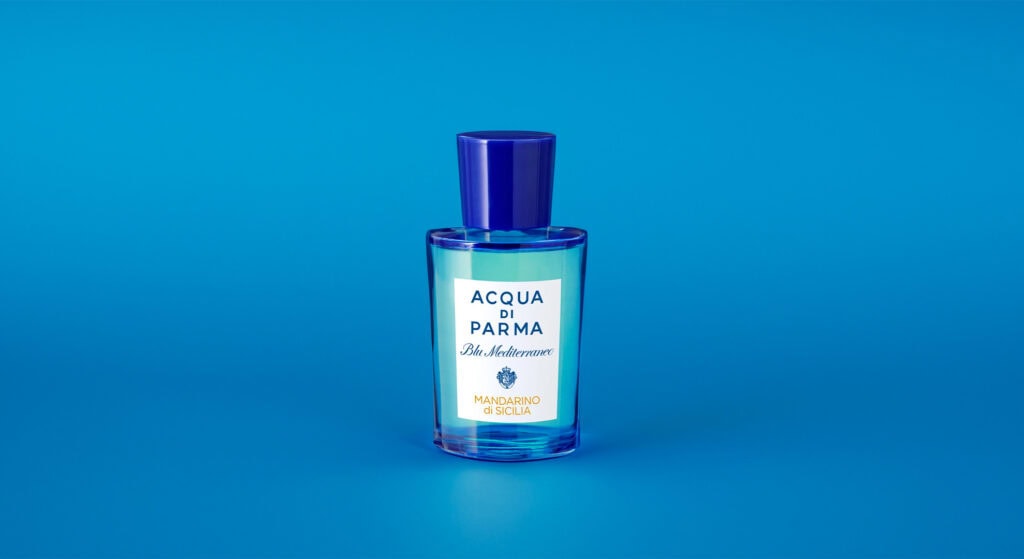The Essence of Petitgrain in Perfumery: A Journey from Extraction to Iconic Blends
Petitgrain, an essential part of the fragrance industry, comes from the bitter orange tree’s leaves and twigs. Petitgrain is recognized for its crisp, green, and mildly woody scent, combining zesty citrus notes with grounding earthiness. This article explores the process of extracting petitgrain, its skilled incorporation in perfume making, and showcases iconic fragrances featuring petitgrain prominently.
The Art of Extracting Petitgrain
Petitgrain essential oil is extracted through steam distillation, a process that has been perfected over centuries. Unlike other citrus oils, which are typically derived from the fruit, petitgrain is extracted from the leaves, twigs, and sometimes unripe fruit of the bitter orange tree (Citrus aurantium).
- Steam Distillation: The distillation process involves steaming the leaves and twigs to release the essential oils. The steam carries these volatile compounds, which are then condensed into liquid form. The result is a fresh, green, and slightly woody essential oil that captures the essence of the entire tree, offering a more complex aroma compared to the sweeter, more straightforward citrus oils derived from the fruit itself.
- Varietal Influence: The quality and character of petitgrain oil can vary depending on the region where the bitter orange tree is grown. For instance, petitgrain from Paraguay is known for its brighter, more citrus-forward scent, while petitgrain from France or Italy might exhibit a more herbal, woody profile. These regional differences allow perfumers to choose the specific type of petitgrain that best suits their fragrance composition.
- Sustainability Considerations: Given its extraction from multiple parts of the bitter orange tree, petitgrain is often produced alongside other citrus oils like neroli and orange blossom, making it a sustainable choice in perfumery. The use of the entire tree not only maximizes the yield but also supports the eco-friendly practices that are increasingly important in today’s fragrance industry.
The Role of Petitgrain in Fragrance Blending
Petitgrain’s versatility allows it to be used across a wide range of fragrance families, from fresh and citrusy colognes to more complex, woody compositions. Its ability to balance brightness with depth makes it a favorite among perfumers seeking to create a nuanced scent.
- Citrus and Fresh Scents: In fresh and citrusy fragrances, petitgrain adds a green, slightly bitter edge that complements the sweetness of other citrus notes like bergamot, lemon, or orange. This combination creates a fragrance that is invigorating and sophisticated, with a crisp, clean finish. Acqua di Parma’s Colonia is a classic example, where petitgrain enhances the sharpness of citrus notes, providing a refreshing yet elegant scent.
- Herbal and Green Compositions: Petitgrain is often used in herbal and green fragrances, where its leafy, woody character adds depth and complexity. When blended with notes like rosemary, basil, or vetiver, petitgrain brings a grounding element that balances the more volatile, herbaceous components. Hermès Eau de Pamplemousse Roseutilizes petitgrain to add a fresh, green layer to its blend of grapefruit and rose, creating a scent that is both bright and subtly earthy.
- Woody and Aromatic Blends: In woody and aromatic compositions, petitgrain serves as a bridge between the fresh top notes and the deeper, more resonant base notes. It pairs beautifully with woods like cedar, sandalwood, and cypress, adding a touch of greenery that keeps the fragrance balanced and versatile. Tom Ford’s Neroli Portofino incorporates petitgrain to soften the intensity of its woody and amber notes, resulting in a scent that is both luxurious and approachable.
- Floral Accents: Petitgrain can also be used to add a fresh, green dimension to floral fragrances, where it tempers the sweetness of blossoms like jasmine, rose, or orange flower. This creates a more balanced and nuanced scent, perfect for those who enjoy floral perfumes that are not overly sweet or heady. Dior’s Eau Sauvage showcases this balance, with petitgrain complementing the floral heart of the fragrance and adding a crisp, clean edge.
Iconic Fragrances Featuring Petitgrain
Petitgrain’s unique ability to balance freshness with complexity has made it a key ingredient in several iconic fragrances. These perfumes demonstrate the versatility and timeless appeal of petitgrain, highlighting its role as both a supporting and starring note.
- Acqua di Parma Colonia: This classic fragrance is renowned for its bright, citrusy character, where petitgrain plays a crucial role in adding depth and balance. The green, slightly bitter edge of petitgrain enhances the freshness of the citrus notes, making Colonia a timeless and sophisticated scent.
- Hermès Eau de Pamplemousse Rose: In this fragrance, petitgrain adds a green, woody element that complements the tartness of grapefruit and the softness of rose. The result is a fresh, vibrant scent with a subtle earthy undertone, perfect for those who appreciate a refined yet lively fragrance.
- Tom Ford Neroli Portofino: Petitgrain is a key player in this luxurious fragrance, adding a fresh, green note that softens the intensity of neroli, amber, and woody notes. The blend is both refreshing and rich, capturing the essence of the Mediterranean in a bottle.
- Dior Eau Sauvage: A true classic, Eau Sauvage uses petitgrain to balance its floral heart and add a crisp, clean freshness to the overall composition. The result is a fragrance that is both timeless and modern, with a versatile appeal that has endured for decades.
Petitgrain, known for its fresh, green, and slightly woody scent, provides a distinctive and adaptable note that is now an essential element in perfumes. Petitgrain is utilized to elevate citrus scents, enrich herbal and woody fragrances, and harmonize the sweetness of floral perfumes, imparting a unique touch to any fragrance. The continued success of scents such as Acqua di Parma’s Colonia, Hermès Eau de Pamplemousse Rose, and Dior’s Eau Sauvage demonstrates petitgrain’s timeless allure, showing that this modest yet intricate element will forever stimulate and enchant in the realm of perfumery.


